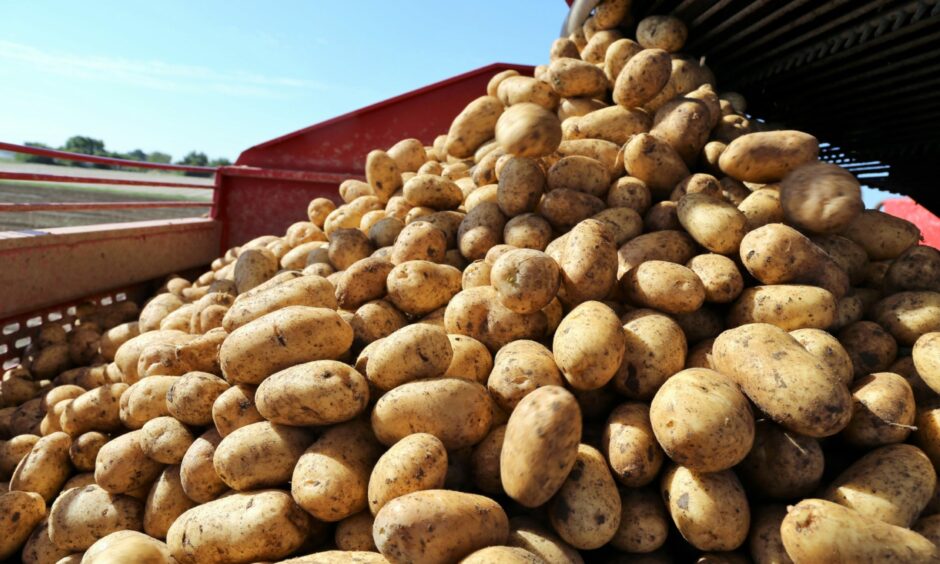The Scottish Government is ploughing £2.2 million into a project to tackle the scourge of potato cyst nematode (PCN).
Work by the James Hutton Institute, Scotland’s Rural College, Biomathematics & Statistics Scotland (BioSS), Soil Essentials, Scottish Agronomy and Science and Advice for Scottish Agriculture (SASA) will start at once, with £470,000 of the funding made available for this year
The project follows a list of recommendations by an industry working group which was set up in 2020 to identify a strategy to deal with PCN after the availability of clean land declined, production losses were estimated at £25 million per annum, and forecasts predicted a possible end to the industry by 2045.
The new project will tackle PCN through the protection of clean land and the management of land already infested with pests. Studies will examine the reasons for the rising incidence of the problem.
There will also be a focus on finding new sources of PCN resistance to help produce resistant cultivars. Other sustainable control options will also be tested.
Speaking at Potatoes in Practice, Professor Ian Toth, the director of Scotland’s Plant Health Centre, warned of the widespread consequences of failing to control PCN.
“Now that we’re not exporting seed to Europe and we’ve stopped seed imports from Europe it means Scottish seed potato producers are really the sole suppliers of UK ware production which is worth £1bn.
“There are 22 high grade seed growers and if they’re affected by PCN it could cause the whole system to come crashing down, not just for seed, not just for Scotland, but for the whole of UK, so there has to be coordinated efforts to stop this happening. ”
Environment, Biodiversity & Land Reform Minister, Mairi McAllan acknowledged the importance of Scotland’s seed potato industry, which is worth £112 million annually, as well as the £7 million bulb sector which can also be affected by PCN.
She said: “It is predicted that if co-ordinated action is not taken now, Scotland’s bulb and potato industries may no longer be viable in the next 30 years due to the reduction in available non-infested land. We cannot let this happen.”


